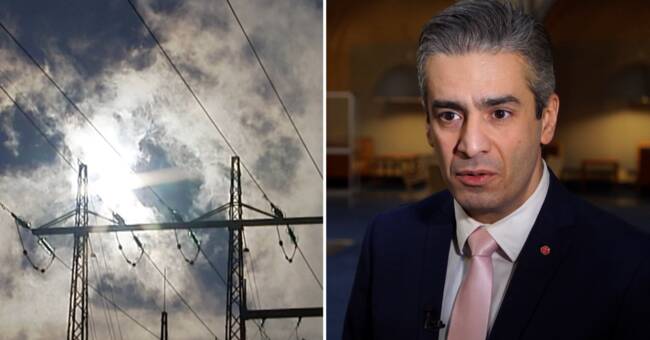Not everyone will receive support, and those who receive money are mainly those who live in villas and townhouses with electric heating.
The government had a bit of a hard time getting everyone to understand how the new proposal for electricity price support that was presented yesterday would work.
Some things have now been clarified.
Among other things, the Minister of Energy explains to SVT that the support should be the same amount per kilowatt hour of electricity, regardless of where you live in the country.
Much more expensive in the south
SVT has previously shown that electricity prices differ significantly.
In December, northerners had an average electricity bill of SEK 2,700, a thousand kroner more than normal.
In southern Sweden, the cost was 6 - 7,000, which was four or five thousand more than usual.
But both must be able to receive compensation of SEK 2,000.
If you look at the full year, the cost of a normal electrically heated villa in Norrland was 14,000, and in the far south SEK 25,000 (in addition to network fees and electricity tax, which will be about 18,000 for an electrically heated villa).
If you compare with last year, this is unusually high, in the whole country.
But 2020 was an extremely cheap year.
Compared with the normal year, the electricity price, especially in Norrland, has been fairly normal, according to figures Vattenfall produced for SVT.
Can be cheaper than normal in the north
Many electricity customers in the south, despite the support, will have to pay several thousand kronor more a month than usual, but some electricity customers in Norrland will with the support soon get cheaper electricity than normal this winter.
If you have an apartment, in most cases you have such low electricity consumption that you do not receive any support, even if the electricity price for them has been exceptionally high.
And there is a ceiling that means that if you have higher electricity consumption than 2,000 kWh per month, you still only get the maximum amount of SEK 2,000 per month.
In the feature above, the Minister of Energy explains how he views justice in the proposal.

